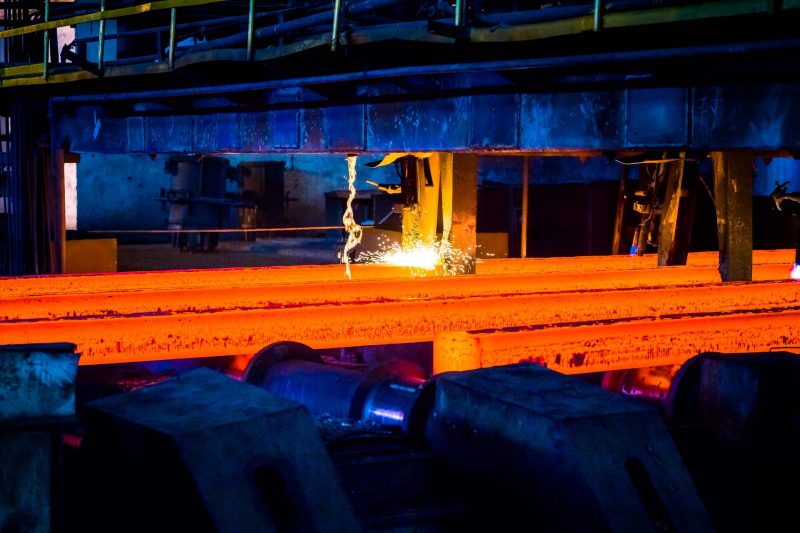
Southeast Asia’s Green Steel Ambitions and the Production Glut
Southeast Asia’s steel industry faces a growing production glut. However, new steelmakers aim to stand out through green steel initiatives. Companies like Meranti Green Steel in Thailand plan to reduce emissions. They will use hydrogen-integrated direct-reduced iron (DRI) and electric arc furnaces (EAFs) powered by renewable energy. This approach targets a 70% carbon reduction compared to traditional blast furnaces. Similarly, Malaysia’s Green Esteel and Melewar Group are launching hot-briquetted iron (HBI) plants. They focus on low-carbon steelmaking using natural gas reduction and plan to expand DRI facilities.
The region’s steel capacity is increasing rapidly. ASEAN-6 is expected to reach 182.5 million tonnes per year by 2030. This expansion risks oversupply and price suppression. China continues exporting large volumes of steel globally, adding pressure to the market. As a result, sustainable steel production becomes a vital competitive edge for Southeast Asian producers. It helps them navigate the challenging seaborne markets ahead.
Changing Raw Material Demand Amid Green Steel Push
The increase in blast furnace capacity, exemplified by Vietnam’s Hoa Phat Group resuming its blast furnace operations and expanding capacity, is driving a renewed demand for steelmaking raw materials. Scrap steel demand is rising, especially higher-grade scrap, as blast furnaces typically incorporate 10-15% scrap in their feedstock. Prices for steel scrap in Vietnam have seen recent increases, reflecting this trend.
At the same time, low-carbon steel production shifts the raw material mix, with Southeast Asia emerging as a key market for hot-briquetted iron (HBI). HBI imports supplement ferrous scrap and support greener steelmaking processes. Current HBI prices in Asia show a slight upward trend, underlining growing demand for cleaner steelmaking inputs.
SuperMetalPrice Commentary:
Southeast Asia’s steel sector stands at a crossroads between soaring capacity and the urgent need for sustainability. Green steel initiatives, like those of Meranti Green Steel and Green Esteel, offer a pathway to differentiation amid oversupply risks. Meanwhile, expanding traditional blast furnace operations will sustain demand for raw materials but challenge decarbonization targets. Market participants must balance short-term production realities with long-term green ambitions to stay competitive. Tracking these evolving dynamics will be critical as Southeast Asia aims to become a key player in global steel markets and decarbonization efforts.



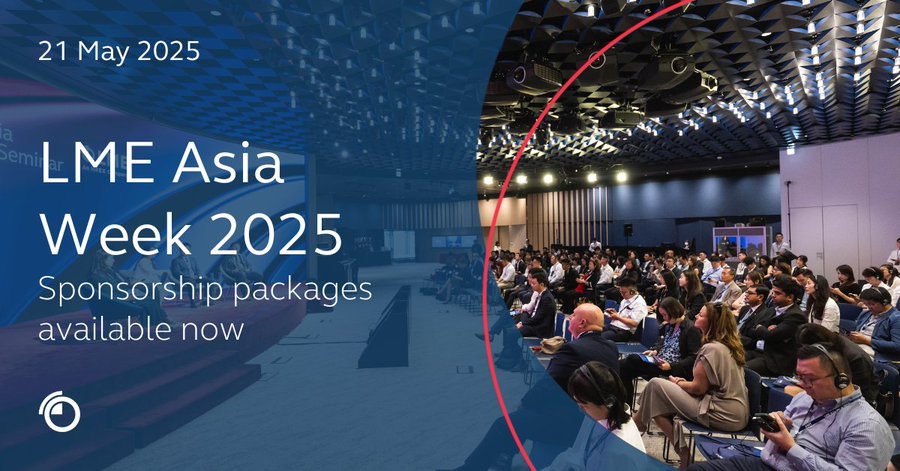

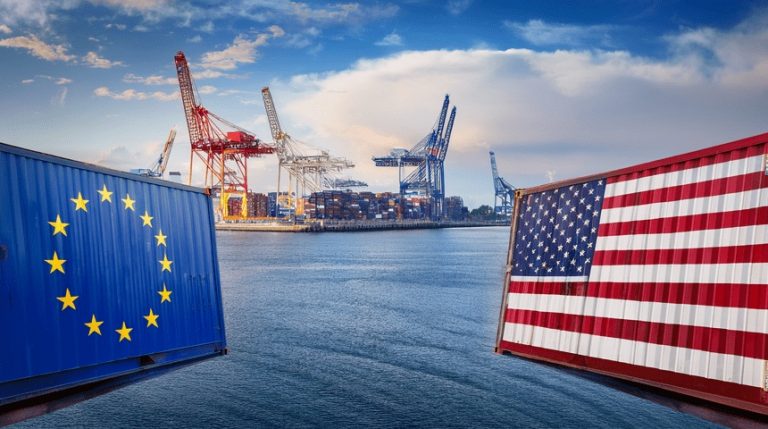

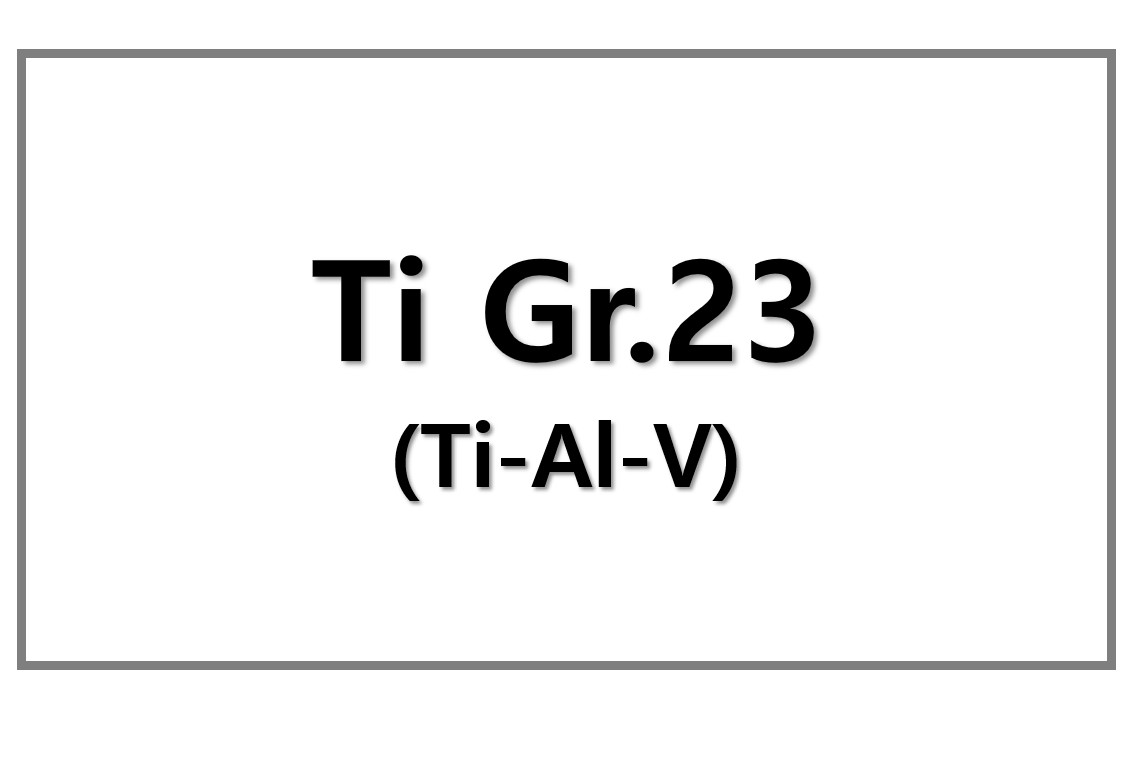
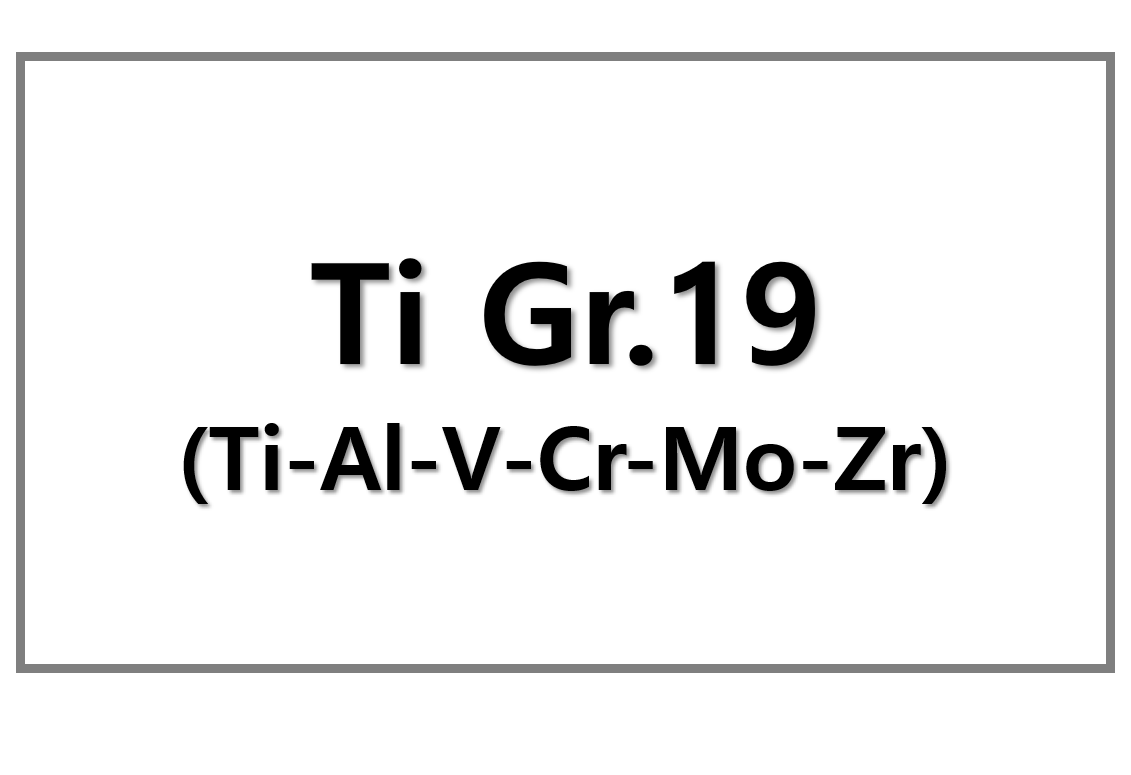
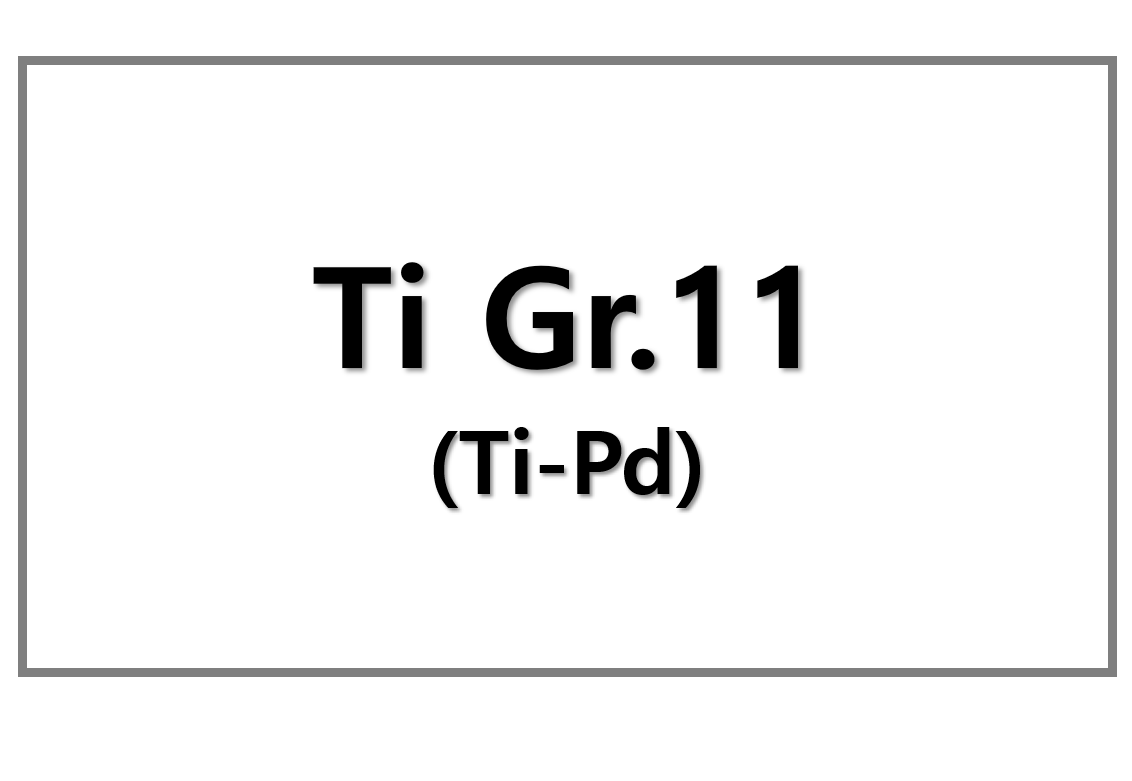
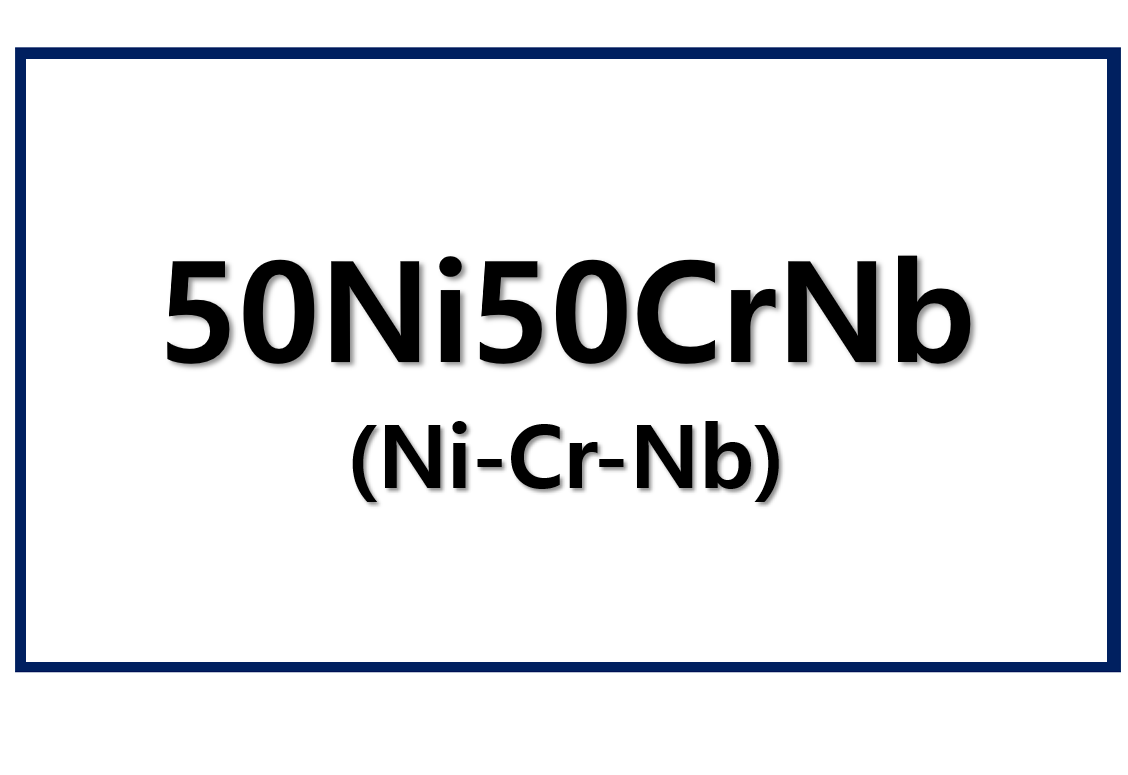
Leave a Reply
You must be logged in to post a comment.